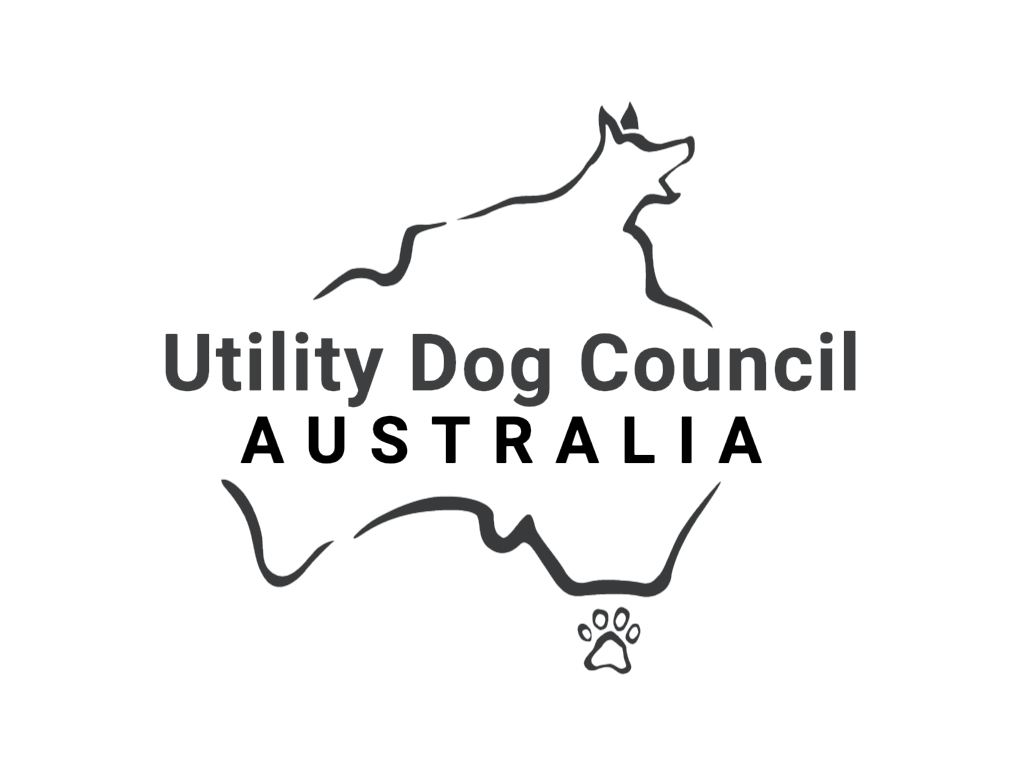top of page



The Dobermann is more than a sleek silhouette. Muscular, elegant, and nearly square in build, this breed was developed with one clear goal — to be a vigilant protector and loyal working partner. It is fast, intelligent, and focused, with a strong desire to serve and a sharper-than-average mind.
The Dobermann is not for the casual owner. It is a working dog, and it must be recognised and respected as such. Given structure, challenge, and clear leadership, the Dobermann thrives. Without it, the breed’s brilliance can quickly turn to frustration. For those prepared to engage its energy and mind, the Dobermann offers unwavering loyalty, courage, and presence.

Structure & Appearance
A medium-sized, powerful, noble dog. Nearly square in shape, with a black or brown coat and rust-red markings.
Calm, self-assured, alert, energetic, eager to work. Needs training, structure, and regular mental and physical challenge.
Height (cm):
Male, 68-72; Female, 63-68
Eliminating Faults
Overly aggressive or shy, behavioral instability, yellow or mismatched eyes, over/undershot bite, level bite, missing teeth, white spots, visible undercoat.
bottom of page



